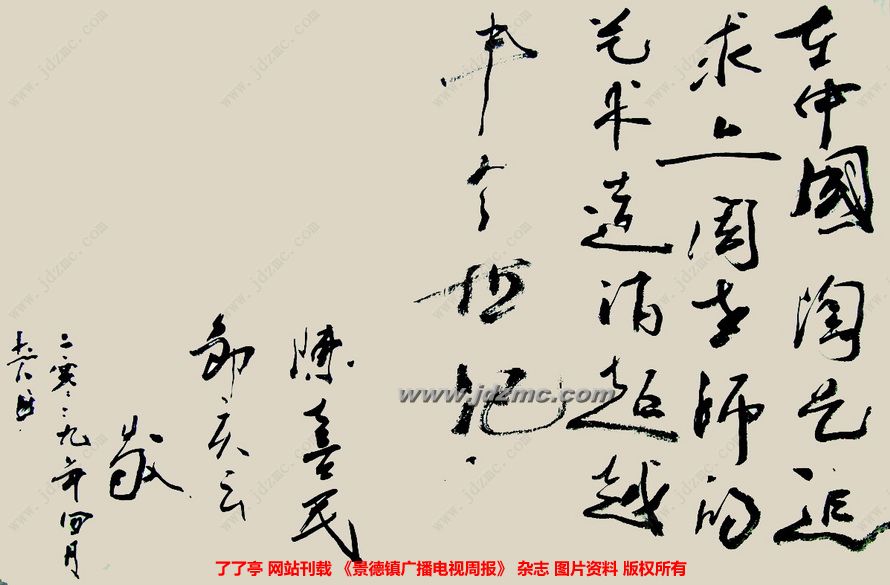周国桢的唯美时期(1960——1981)

(二)唯美时期(1960——1981)
开创高温色釉全面运用到瓷雕上,是传统雕塑白瓷加彩的彻底变革
二十世纪六十年代周国桢开始追求造型语言和形式的完美、丰富的釉色表现效果,有些作品有一种强烈的瞬间视觉效果,并加强了内在的感染力,体现了造型与釉色的完美结合。1960年后创作了一批高度概括,线条流畅的作品和自我意识在不断加强的新品,如《独立》、《西班牙舞》,《母子羊》、《母子鸡》、《天亮了》等动物题材作品。
通过努力尝试,他探索到不同的造型适用不同的颜色釉,使景德镇瓷雕白瓷加彩一统天下的局面焕然一新,让神奇莫测、千变万化的高温色釉又有个能充分展示的新天地。这时期周国桢作品的釉色效果可以说是集全国之大成。但这五光十色的高温色釉,为陶瓷雕塑披上了一件华丽的外衣,因而将这一时期定为“唯美时期”。
The second phase: aesthetic phase (from 1960 to 1981)
Initiating the use of high temperature colored glaze on ceramic sculpture. It is a complete innovation of the traditional adding colors to white porcelain.
During the 1960s, Zhou Guozhen began craving for the effect of perfect shape and form and gorgeous glaze. Works of this period assumed strong momentary visual effects and strengthened intrinsic appeal and manifested a perfect combination of shape and glaze. After 1960, he produced some works which was with sweeping generalization, smooth lines and strengthened self-consciousness, such as Being Independent, Spain Dance, The Sheep: Mother and Son, and The Daybreak.
After constant efforts, he discovered that different modellings go for different glaze. This changed the situation of adding colors to white porcelain in ceramic sculpture of Jingdezhen. As a result, the changeable high temperature colored glaze had a brand new world. The glaze effect of Zhou Guozhen's works in this period is one of the best around China. Since the colorful high temperature colored glaze provides a luxuriant overcoat for ceramic sculpture, this phase is called "aesthetic phase".
- 上一篇:吴庆文-景德镇陶瓷艺术简历
- 下一篇:《独立》:1960年作,周国桢的唯美时期(…

 会员登录
会员登录




